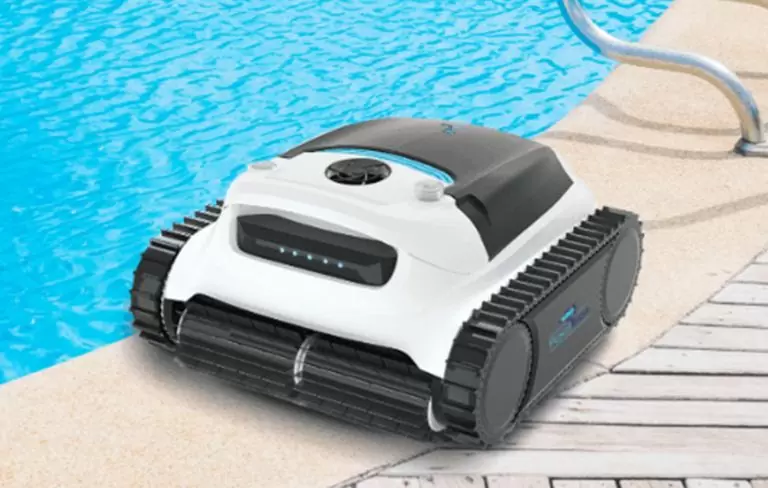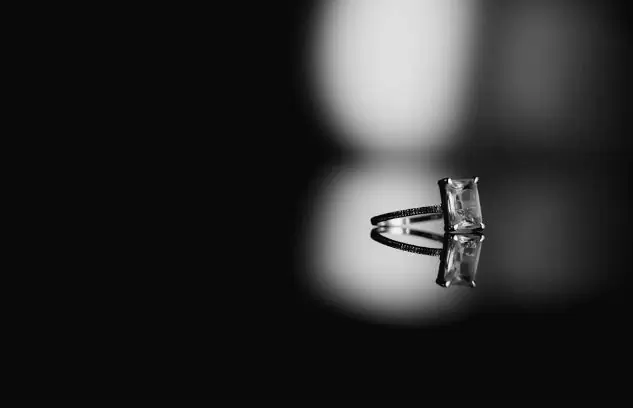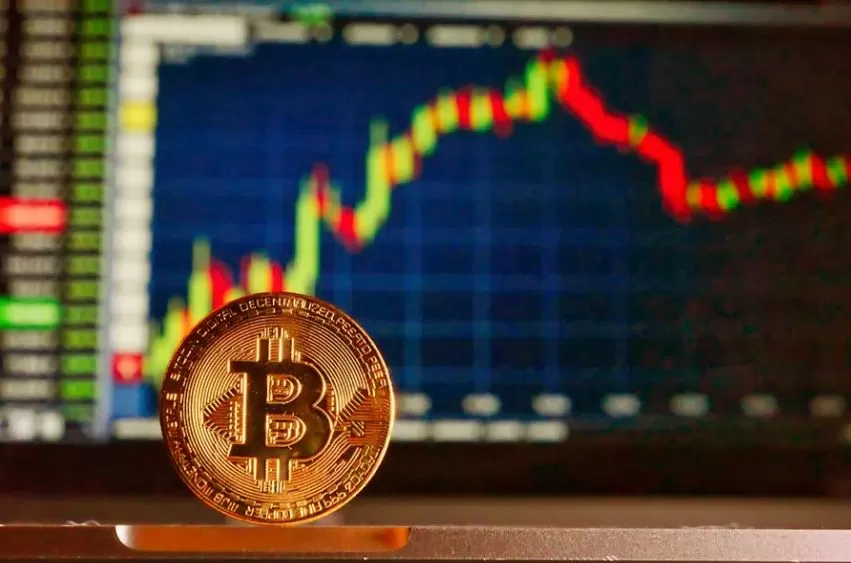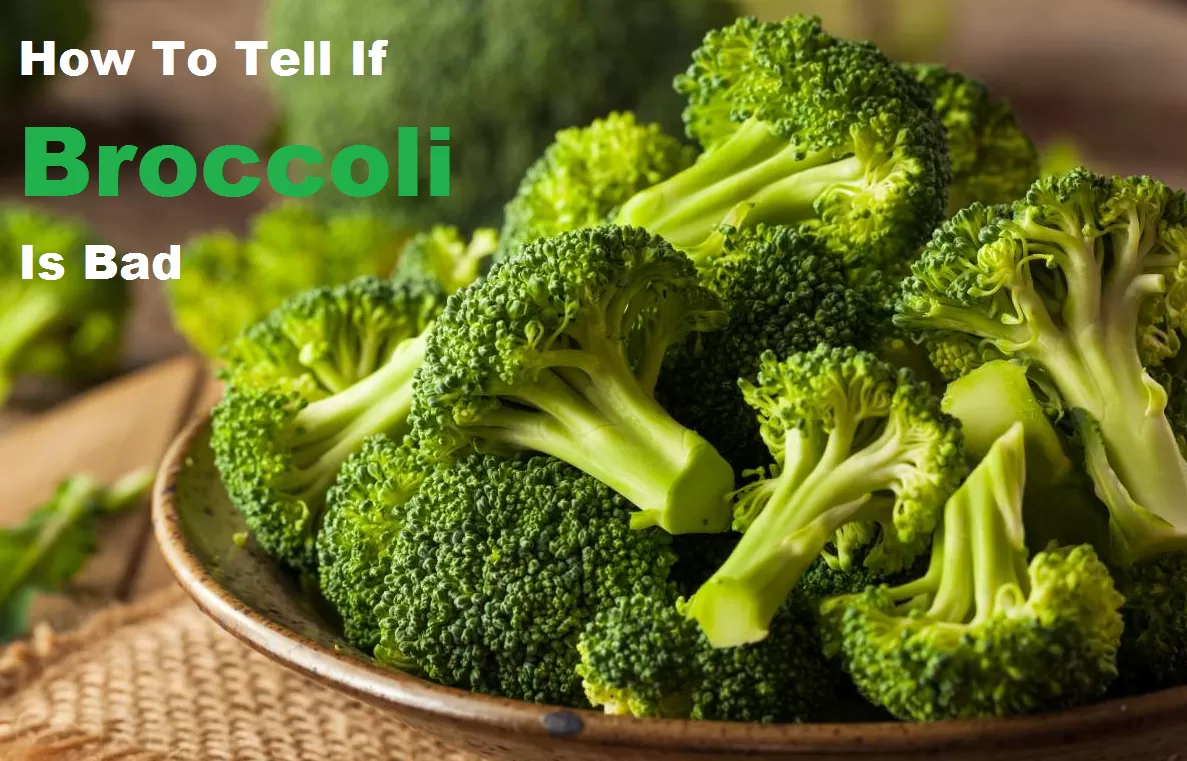How To Tell If Broccoli Is Bad
Regarding broccoli, several signs indicate whether or not the vegetable has gone bad. The first thing to look for is discoloration. If the broccoli has turned a yellowish-green color or has dark spots, it’s likely gone bad and should be discarded.
Another sign that your broccoli is past its prime is if it’s slimy or has a mushy texture. It can indicate decay and mean that bacteria have started to grow on the vegetable.
Finally, if your broccoli has a strong odor, it’s probably no longer fresh. Fresh broccoli should have a mild fragrance and not smell sour or rancid.
Overall, paying close attention to these signs when inspecting your broccoli before cooking with it is important. Doing so can avoid consuming bad vegetables and potentially getting sick.
How to tell if broccoli is fresh
One way to tell whether broccoli is fresh is by looking at the color. Fresh broccoli should be vibrant green, and the florets should be tightly packed together. If the color is dull or yellowish and the florets are beginning to separate, it’s a sign that it’s past its prime.
Another way to check for freshness is by feeling the texture of the stem. It should be firm and sturdy, with no signs of softness or mushiness. If it feels slimy or has a wet texture, it indicates that bacteria may have already started growing on it.
Lastly, you can also check for any unpleasant odors. Fresh broccoli has a subtle earthy smell, while spoiled ones can have an ammonia-like odor. So if you detect any off-putting smells in your broccoli, discard it immediately before consuming it, which could lead to food poisoning.
How to store broccoli
There are a few key things to keep in mind when it comes to storing broccoli. First and foremost, it’s important to store your broccoli in the refrigerator. Ideally, it would help if you placed it in a plastic bag or container that seals tightly, as this will help to prevent moisture from leaking out and causing the broccoli to spoil more quickly.
Another important tip is to avoid washing your broccoli until you can use it. It is because excess moisture can lead to mold growth and spoilage. Instead, wait until you’re ready to cook or eat your broccoli before washing it thoroughly under running water.
Finally, when storing broccoli in the refrigerator, keep an eye on its color and texture. If you notice that the florets are turning yellow or brown, this may be a sign that the broccoli is starting to go bad. Similarly, if the stalks feel soft or slimy instead of firm and crisp, this may also indicate spoilage. Fresh broccoli should last 5-7 days when stored properly in the refrigerator.
What are some signs that indicate broccoli has gone bad?
Broccoli is a healthy and nutritious vegetable that can be enjoyed in many different dishes. However, if broccoli has gone bad, it can harm your health and should not be consumed. Luckily, there are several signs that you can look out for to determine whether your broccoli has gone bad or not.
Firstly, check the appearance of the broccoli. If the florets have turned yellow or brown or started to develop spots, this clearly indicates that the broccoli has gone bad. Additionally, if the stems are mushy or slimy to the touch, it’s time to discard them.
Another sign that indicates broccoli has gone bad is a foul odor. If you notice any unusual smell from the vegetable when you open its container or packaging, avoid consuming it immediately.
Lastly, keep an eye on how long you have also had your broccoli. Typically speaking, fresh broccoli will last between 4-7 days in the refrigerator before going bad. Therefore if it’s been longer than this period since the purchase or harvest date – dispose of it as soon as possible!
What are the health risks of eating broccoli?
If you’re a broccoli lover, it’s important to know the health risks of consuming this vegetable. While broccoli is known for its high nutritional value, including vitamins A and C, calcium, and fiber, some potential downsides exist. Eating too much broccoli can lead to digestive issues such as gas and bloating due to its high fiber content. Some people may also experience allergic reactions after consuming broccoli.
Additionally, overconsumption of broccoli can negatively affect thyroid function due to goitrogens in the vegetable. Goitrogens are naturally occurring compounds that can interfere with iodine uptake by the thyroid gland and potentially lead to an enlarged thyroid or hypothyroidism.
When it comes to determining if your broccoli has gone bad or not, there are a few things to look out for. If the florets appear wilted or slimy and have a sour smell, it’s best to avoid eating them as they may be contaminated with harmful bacteria. It’s also important to properly store your broccoli in a cool and dry place to stay fresh for longer periods.
FAQs
Regarding food items like broccoli, people may have many questions about their shelf life and the signs that indicate they might have gone bad. Some common FAQs in this regard include:
How long does broccoli last in the fridge?
Broccoli can last up to 5 days if stored properly in an airtight container or plastic bag in the refrigerator.
How do I know if my broccoli has gone bad?
You can identify spoiled broccoli by looking for signs like yellowing florets, slimy texture, and unpleasant odor.
Can I still eat slightly wilted broccoli?
While slightly wilted or limp broccoli may not be as fresh as crisp ones, they are still safe to consume as long as they don’t show any spoilage.
Addressing these frequently asked questions related to food storage and safety tips can help your readers make informed decisions while grocery shopping or cooking at home.










